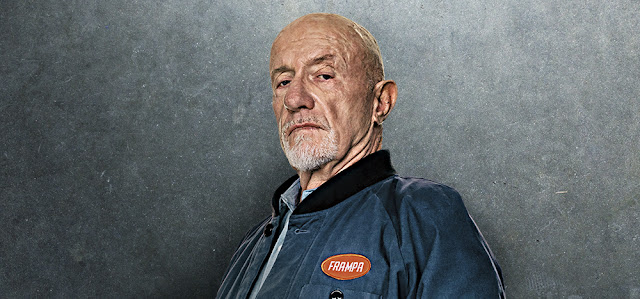
Anne Lamott speaks at TED2017, April 28, 2017, Vancouver, BC, Canada. Photo: Marla Aufmuth / TED
Author Anne Lamott recently turned 61. So she’s compiled the following list of “every single true thing I know.” A brief recap:
- All truth is a paradox. “Life is a precious unfathomably beautiful gift, and it is impossible here,” she says. Life is “filled with heartbreaking sweetness and beauty, floods and babies and acne and Mozart, all swirled together.”
. - “Almost everything will work again if you unplug it for a few minutes.” That includes you.
. - Nothing outside of you will help you in any real, lasting way. Radical self-care is the only thing that will get you through. It’s hard to admit, but it’s true, and it works the other way around too. “If it is someone else’s problem, you probably don’t have the solution,” she says.
. - “Everyone is screwed up, broken, clingy and scared. Everyone, even the people who seem to have it most together.” So don’t compare your insides to someone else’s outsides, she warns.
. - “Chocolate with 75% cacao is not actually a food. Its best use is as bait in snake traps or to balance the legs on wobbly chairs.”
. - Every writer puts down terrible first drafts. The trick is that they commit to sticking with it. They take it Bird by Bird, her father’s advice that became the heart of her bestselling book. “Every story you own is yours. If people wanted you to write more warmly about them, they should have behaved better,” she says. “You are going to feel like hell if you never write the stuff that is tugging on the sleeves of your heart — your stories, visions, memories, visions and songs. Your truth, your version of things, your own voice. That is really all you have to offer us. And that’s also why you were born.”
. - Creative success are “something you have to recover from. They will hurt, damage and change you in ways you cannot imagine.” And that brings us back to #1, because creative success is also amazing. “It is a miracle to get your work published,” she says. “Just try to bust yourself gently of the fantasy that publication will heal you, will fill the Swiss cheesey holes inside you. It can’t. It won’t.”
. - Families are both astonishing and hard. Again reference #1. “Earth is forgiveness school,” she says. “It begins with forgiving yourself — then you might as well start at the dinner table.”
. - Speaking of food: try to do a little better. “I think you know what I mean.”
. - Grace is a powerful thing. “Grace is Spiritual WD-40 or water wings,” she says. “The mystery of grace is that God loves Henry Kissinger and Vladimir Putin and me exactly as much as He or She loves your new grandchild.” Grace doesn’t always come in the forms you expect. Lamott sees it most in laughter. “Laughter really is carbonated holiness,” she says. “It helps us breathe again and again, and gives us back to ourselves.”
. - God isn’t that scary. Rather than getting trapped in the mundanity of our own lives, she tells us to “go look up.” Now. “My pastor says you can trap bees on the floor of a Mason jar without a lid, because they don’t look up,” she says. “If they did, they could fly to freedom. Instead, they walk around bitterly, bumping into glass walls.”
. - Death is incredibly hard to bear, and you don’t get over losing people you love. “We Christians like to think death is a major change of address,” she says. “But the person will live again fully in your heart, at some point, if you don’t seal it off.” Memories of the people you love will make you smile at inappropriate times, but their absence will also be “a lifelong nightmare of homesickness for you.” Again, see #1.
She takes a deep breath. “Okay, I think that’s it. But if I think of anything else, I’ll let you know.”
You can watch this talk in cinemas starting Sunday, April 30. Get tickets.

















